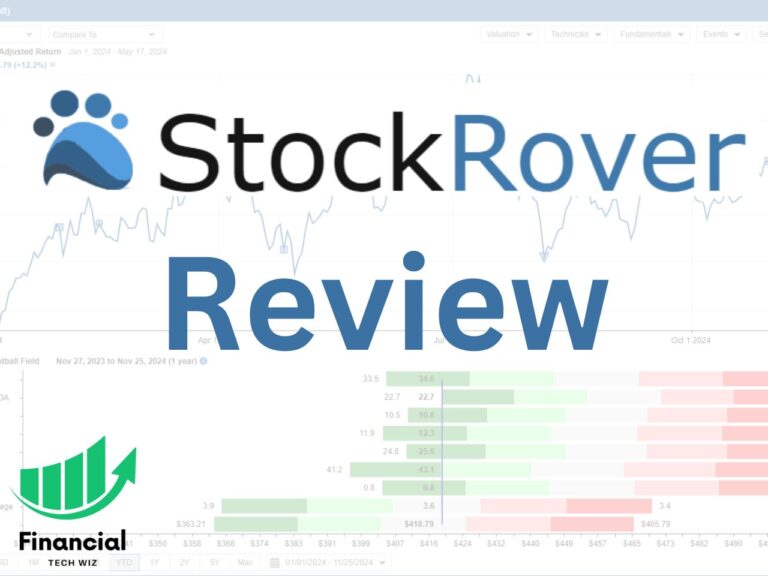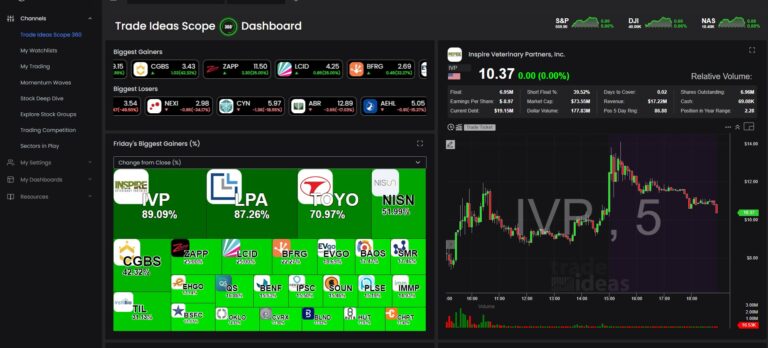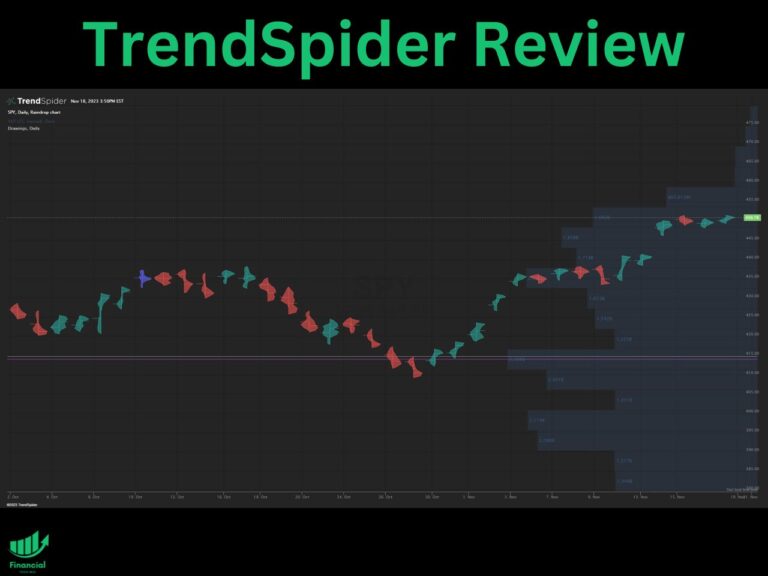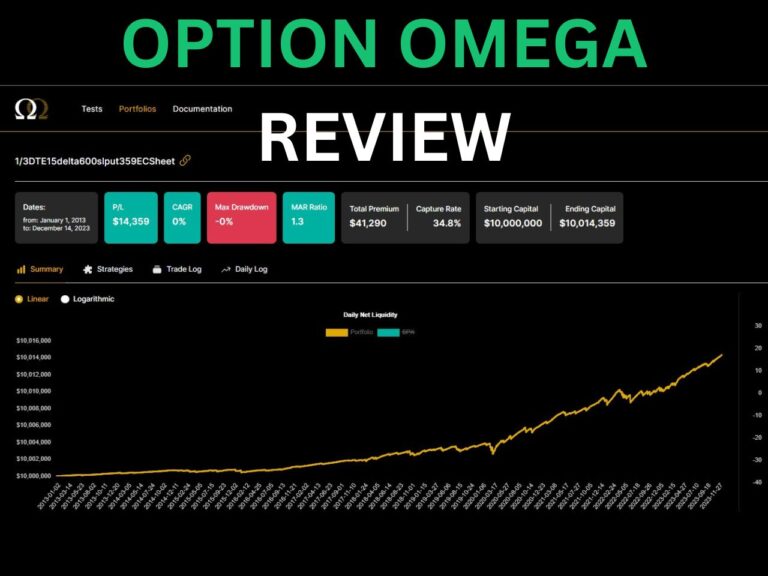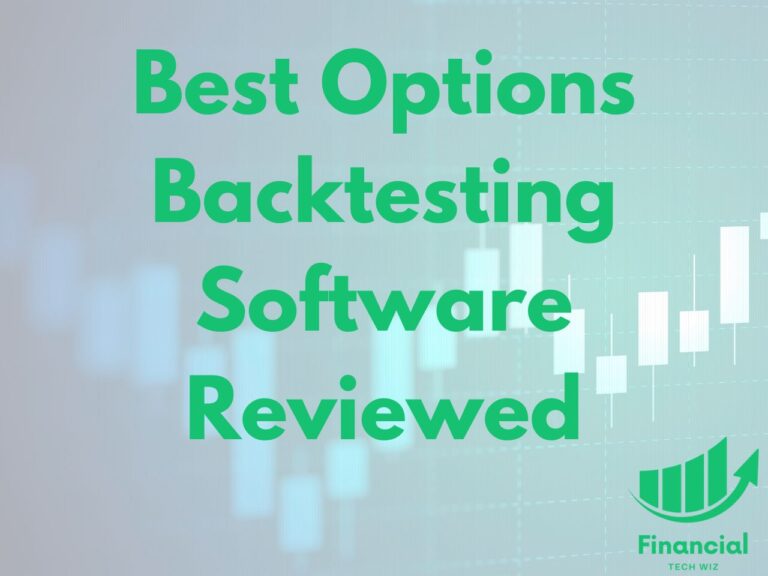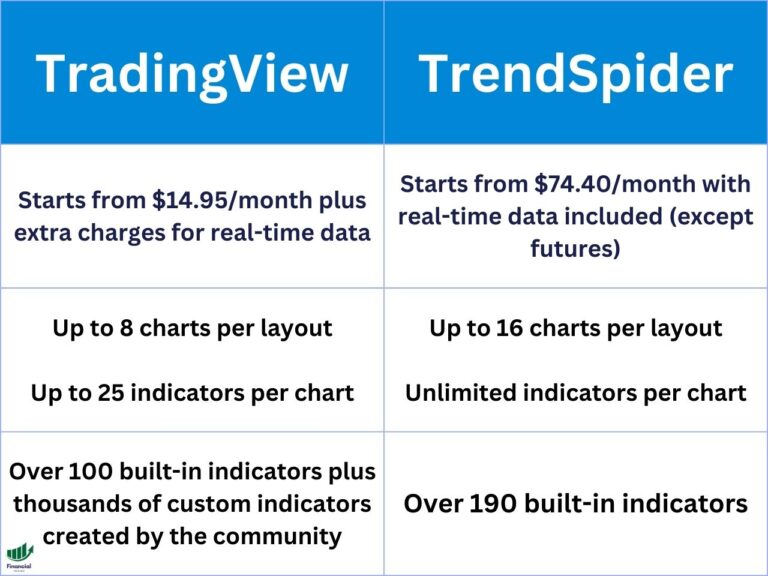Sell to Open vs. Sell to Close: You Must Know the Difference
When you place orders for options trades, there are various order types that you must know.
Sell to open vs. sell to close orders let your broker know whether you are opening a trade or closing an existing trade.
This article will discuss when you should use each order type and why it is essential to understand the difference.
We also have an article that discusses buy to open vs. buy to close trades.
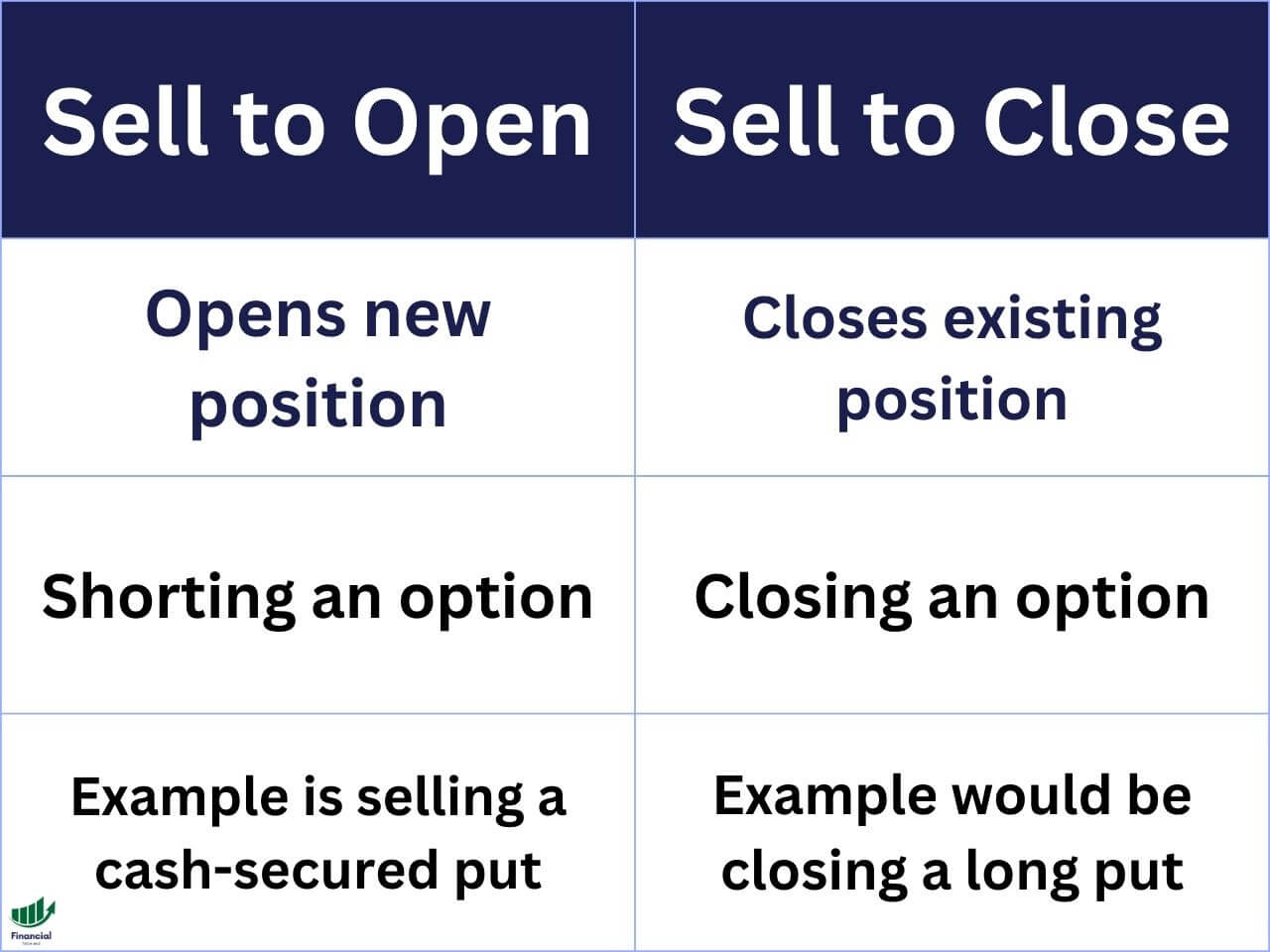
What is Sell to Open
You enter a new opening trade when you sell to open an option contract.
Since you are selling to open, you are betting that the contract value will decrease, similar to shorting a stock.
When you sell an option contract, you also bet that implied volatility will decrease.
When you sell to open an option contract, you are likely to get filled close to the bid price, not the ask price.
Example of a Sell to Open Trade
An example of a sell to open trade is when a trader decides to sell to open put options and utilize the cash-secured put or short put strategy.
When you sell to open a put option, you are promising to buy 100 shares of the stock at the strike price in exchange for a cash premium.
For example, let’s say you want to buy shares of AAPL stock at $100 per share.
You can sell to open a $100 strike put option and receive a cash premium for promising to buy 100 shares at the strike price.
Advantages of Selling to Open
One of the advantages of selling to open option contracts is you collect the premium instantly, and it is usable cash in your brokerage account.
Since you receive the cash premium immediately, you are free to buy shares of stock with it.
Disadvantages of Selling to Open
A disadvantage of selling to open an option contract is your profit potential is limited to the premium you collect.
If you sell to open a put option for a $100 premium, the max profit you can make is $100 before fees.
Therefore, you have much more risk potential than profit potential. However, the win rate of selling options is high to compensate for the limited profit potential.
What is Sell to Close
When you sell to close an option contract, you close a current position you initially bought to open.
The difference between sell to close and sell to open is your broker understands that you are not opening a new position but instead closing one that you initially purchased.
When you sell an option contract, you are likely to get filled at the bid price rather than the ask price.
Example of a Sell to Close Trade
An example of a sell to close trade is when you own a call option and decide to close the position by selling it.
For example, let’s say you own the $100 strike AAPL call that expires in 100 days.
Instead of waiting for the expiration date or exercising your option to buy 100 shares, you can sell to close the call and remove the position from your account.
Sell to Open vs. Sell to Close: When to Use Each
Now that you understand the difference between selling to open and selling to close, you must learn when to use each type of order.
When Should You Sell to Open?
You should sell to open an option if you plan to collect a premium by selling a cash-secured put or a covered call.
These strategies are excellent ways to generate income in your portfolio and take advantage of the volatility risk premium built into option contracts.
When Should You Sell to Close?
The only time you use a sell to close order is when you are trying to close an existing position.
Let’s say after you buy a call option on AAPL, the stock rises 30%, and your call option is in profit.
Instead of exercising your option to purchase 100 shares, you can simply lock in profit and sell to close the option.
On the other hand, if AAPL drops hard after you buy a call option, you can sell to close the contract to manage your risk and avoid further losses.
Sell to Open vs. Sell to Close: Bottom Line
Selling to open an option implies you want to open a new short position on an option contract.
Selling to close an option means that you currently own an option and want to close it by selling it.
The difference is important to know when you are trading options to ensure that you don’t confuse your broker and end up with the wrong position.
– Free trading journal template
– Custom indicators, watchlists, & scanners
– Access our free trading community

